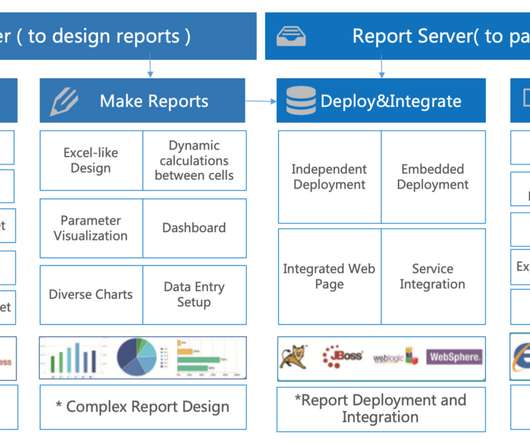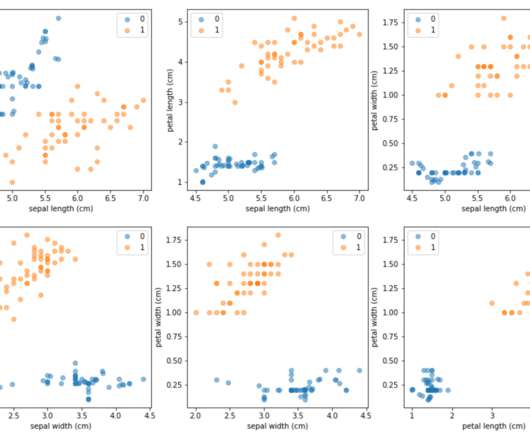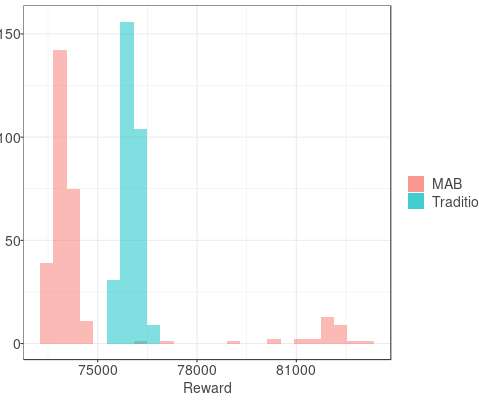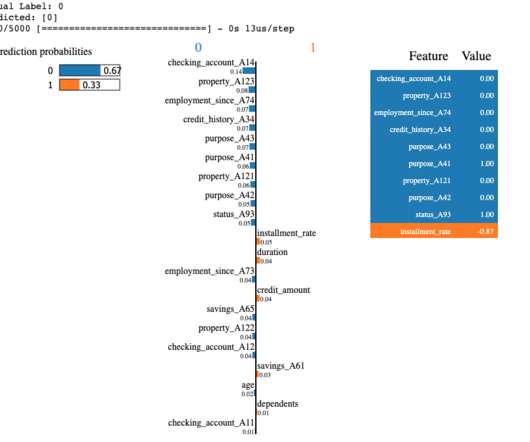Data Mining: The Knowledge Discovery of Data
Analytics Vidhya
FEBRUARY 20, 2023
When you think about it, almost every device or service we use generates a large amount of data (for example, Facebook processes approximately 500+ terabytes of data per day).























Let's personalize your content